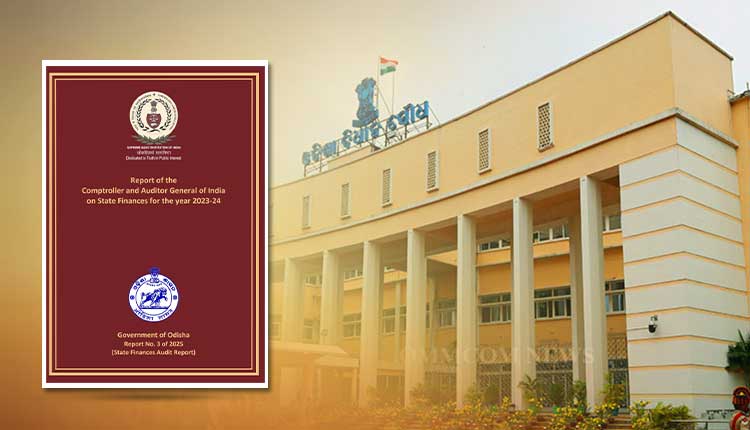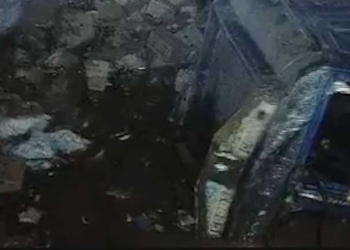Bhubaneswar: The Comptroller and Auditor General of India’s (CAG) report on the performance audit of systems and controls in the assessment and collection of revenue from minor minerals in Odisha for the year ended March 2022 was tabled in the Odisha Assembly on Wednesday.
The report highlights serious lapses in the state’s management of minor mineral resources, pointing to revenue losses worth hundreds of crores of rupees due to irregularities, poor oversight, and weak enforcement.
During the financial years 2015 to 2022, Odisha earned ₹2,968.75 crore from minor minerals, a key source of non-tax revenue. The audit, conducted between August 2021 and September 2022, examined the period from 2015 to 2022. It focused on the granting of mining leases, permits, and licenses, as well as the reporting of mineral dispatch and sales, compliance with regulations, revenue collection, and internal monitoring systems. The Revenue and Disaster Management Department, which oversees the sector under the Odisha Minor Mineral Concession Rules, 2016, came under scrutiny.
In 22 sampled Tahasils, only 147 out of 520 minor mineral sources were operational as of March 31, 2022, leaving over 71 percent idle. The audit found that delays in obtaining environmental clearances in areas like Jaleswar, Gurundia, and Jagatsinghpur led to sources remaining non-operational, costing the state ₹20.10 crore.
Irregularities in finalizing bidders when the highest bidders backed out caused a further loss of ₹6.21 crore. The use of outdated rates for rents and royalty, even after revisions in 2016, resulted in a revenue shortfall of ₹8.40 crore. Additionally, ₹92.28 lakh in dues, including interest, remained uncollected from lessees.
The report also uncovered illegal quarrying activities. Lessees operated without lease agreements or environmental clearances, extracting minerals worth ₹24.38 crore. Quarrying on forest land without central government approval led to a loss of ₹51.69 crore for 4.77 lakh cubic meters of minerals.
Excess quarrying beyond approved plans and poor verification by Tahasildars allowed illegal production of stone worth ₹33.50 crore. In one case, the Dankari black stone quarry under Dharmasala Tahasil saw a loss of ₹58.63 crore due to the department’s failure to reassess extracted quantities as directed by the High Court.
A major concern was the lack of proper measurement of mining sites before and after lease periods, enabling the theft of 8.50 lakh cubic meters of black stone, valued at ₹98.30 crore. The audit also pointed to a loophole in the 2016 rules that allowed contractors to avoid full payment for minerals by deducting only royalty from bills, leading to a massive revenue leakage of ₹864.45 crore. On top of this, the state has not adopted satellite-based monitoring through the Odisha Space Application Centre, and efforts to prevent theft and illegal quarrying have been slow and ineffective, with weak inspection systems failing to curb violations.
The findings paint a picture of mismanagement and lost opportunities in Odisha’s minor mineral sector, raising questions about accountability and the state’s ability to safeguard its resources.
















